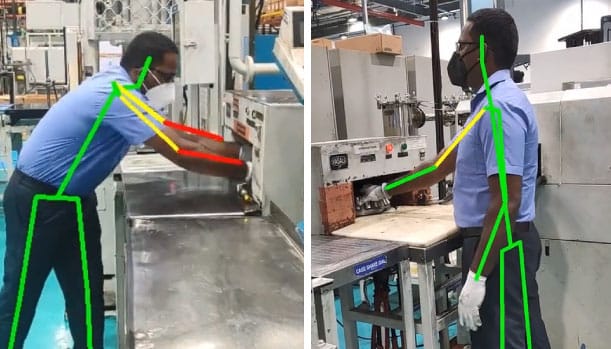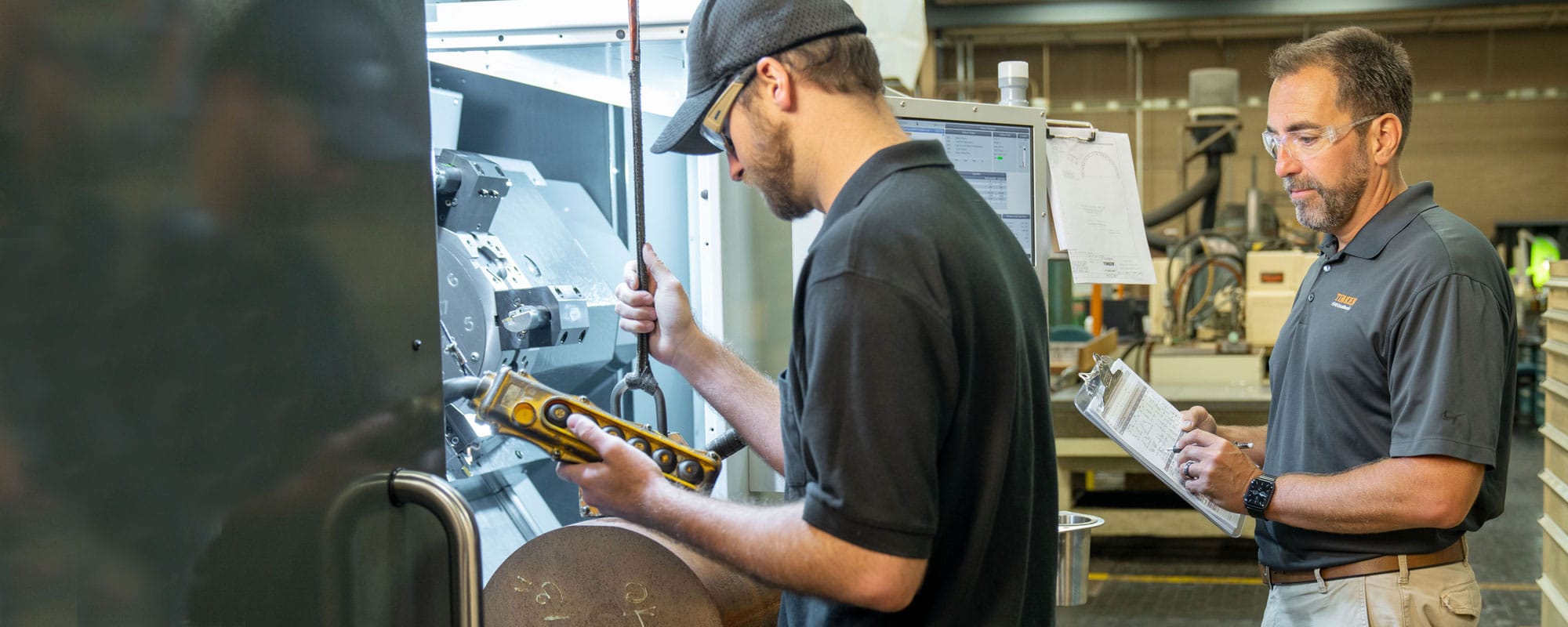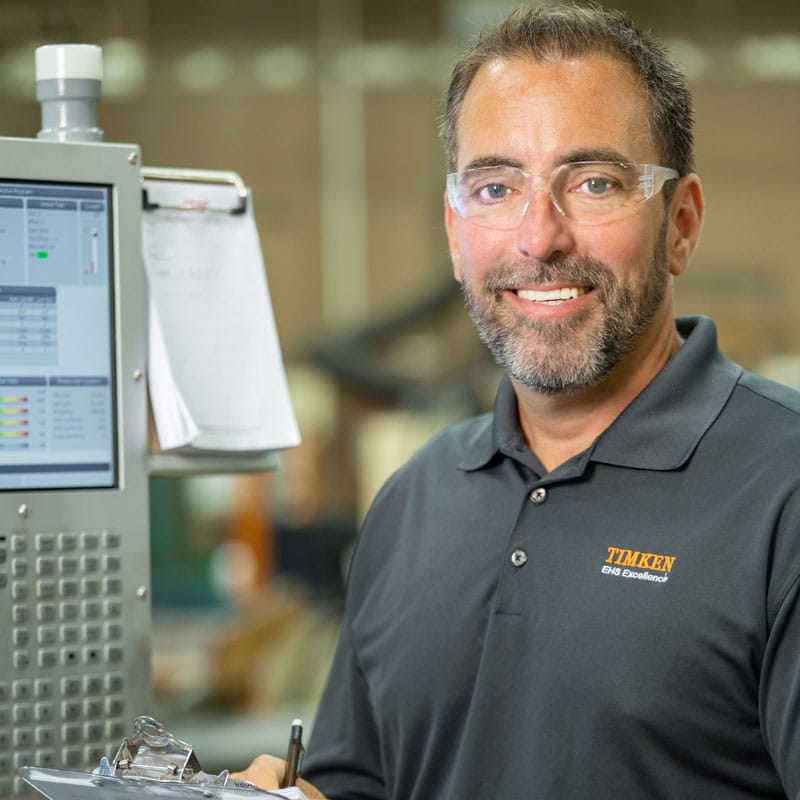Innovation
Video Motion Capture: Fast-Track to Eliminating Ergonomic Risks
Bob Scott, Timken’s ergonomics specialist, is known around the company for his passion for the job. “When Bob joined the team 14 years ago, work-related musculoskeletal disorders (WMSDs) were one of the leading contributors to injuries at Timken,” said Jamie Milobar, global EHS manager. “Leveraging Bob’s expertise, we built a solid ergonomics program where facilities implement solutions that prevent injuries, improve efficiency — and often save money.”
Recently Scott introduced an innovative way to identify ergonomic risks: New motion capture technology empowers on-site manufacturing teams with the ability to assess the ergonomic safety of their jobs and processes. By streamlining ergonomic assessments, the technology helps Timken associates identify activities that could cause injury and protect themselves from the wear and tear of everyday stressors.
We spoke to Scott about the critical nature of his work, and why motion capture technology heralds such a breakthrough in this field.
“At the end of the workday, we all want to go home in the same condition that we came. Our programs and initiatives help make sure that happens.”
Bob Scott
Ergonomics Specialist
Q: How did you get into the field of ergonomics?
Scott: I’m an industrial and systems engineer by degree, of which ergonomics and human factors is a branch. We design, improve and optimize processes and systems to get them to work safely and efficiently. Early in my career, I accepted a position as an ergonomics engineer at General Motors and was lucky enough to be mentored by some of the best ergonomists in the world.
When I came to Timken in 2009, I developed and implemented an ergonomics process for all our global facilities. As the program matured, my role has grown to include meeting safety and compliance obligations and identifying and eliminating workplace hazards, as well.
Q: What is video motion capture technology and how does it work?
Scott: Video motion capture allows anyone to record a video of someone performing a task and then quickly complete an ergonomic assessment. Using artificial intelligence, the technology analyzes the video and maps out problematic joint angles and evaluates awkward postures, frequencies and posture durations. The result is a high-quality ergonomic assessment with a risk matrix that shows risk by body part and an overall risk priority score.
I’ve been an ergonomist for many years, and this is the most exciting technology I’ve ever seen in the field. Previously, we could do motion capture only in a laboratory setting using sensors, wearables or other equipment. Ergonomic risk assessments were time-consuming, pen-and-paper-based, subjective, and required skills and experience to complete.
Q: How is it being used in Timken facilities?
Scott: With video motion capture, anyone can do an assessment on-site, under actual work conditions. Historically, over half of all our work-related injuries at Timken are ergonomically related, so I knew this tool could help significantly reduce those risks.
We instituted a pilot program in 2021 and rolled the software out to all Timken facilities in 2022. The response has been overwhelmingly positive. We’ve seen about an 80% reduction in assessment time, which frees up time for employee engagement and working together to reduce the risk.
Every facility is required to assess at least one job per month, and every August they can enter one project into Timken’s Ergo Cup competition, which showcases the most creative and innovative ways associates are reducing and eliminating risk. This year, because the process is so much easier to execute, I hope to see more entries.
Q: What inspires you every day?
Scott: Knowing the work we do improves the quality of our associates’ lives makes me love what I do. At the end of the workday, we all want to go home in the same condition that we came. Our programs and initiatives help make sure that happens.

Using the new motion capture technology, associates in Timken’s Chennai, India plant were able to identify potential ergonomic risks and improve processes.
Learn more about software upgrades that are advancing Timken’s commitment to environmental health and safety.
Published: 2022/10/12

